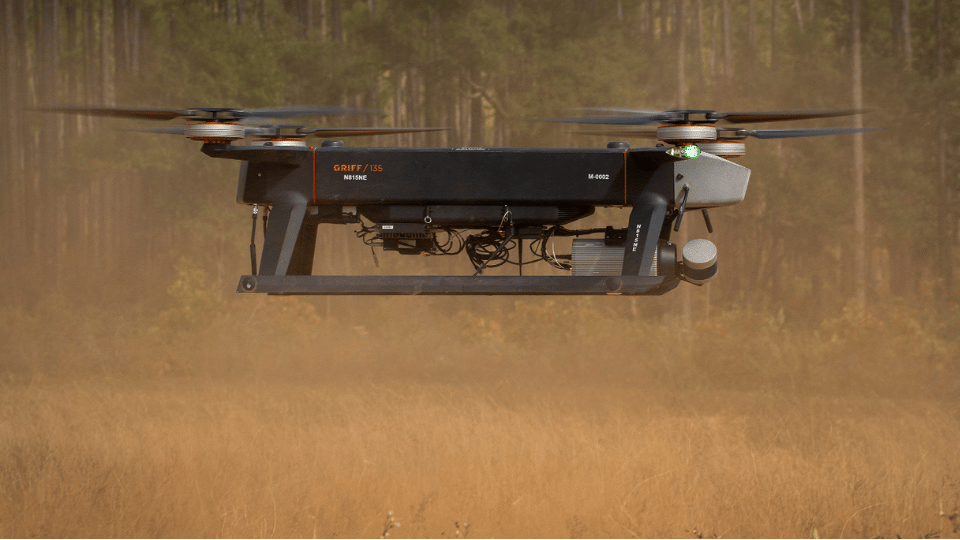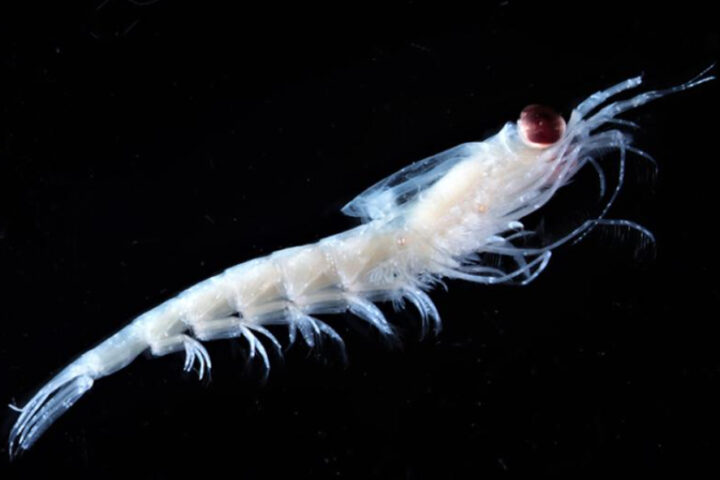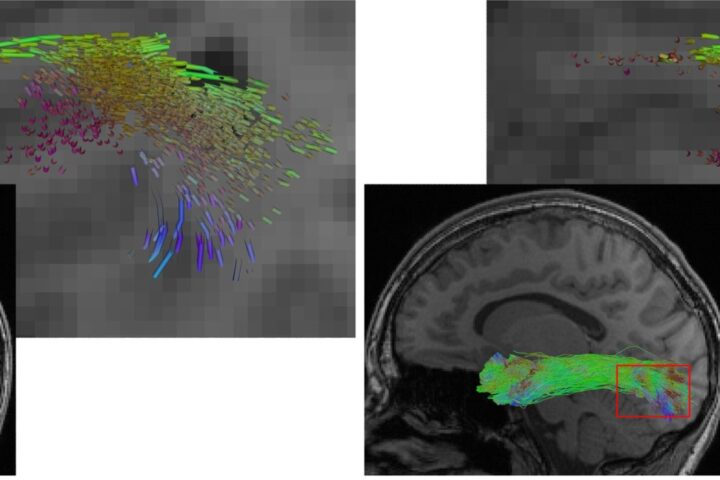Eglin Air Force Base in Florida recently hosted a significant event in autonomous technology. Near Earth Autonomy (NEA), a leader in unmanned aerial systems, tested their Griff 135 drone at the base’s Autonomy, Data, and AI Experimentation Proving Ground (ADAx) from October 23 to 27. This marked the first time ADAx welcomed a third-party developer for such testing.
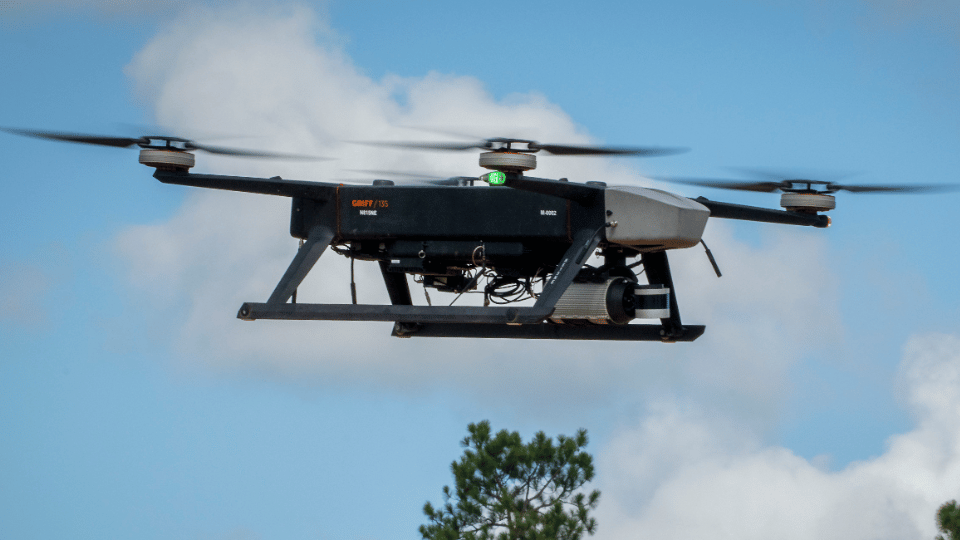
NEA’s focus was on demonstrating their drone’s autonomous object detection and landing capabilities. Paul Bartlett, NEA’s Head of Systems Engineering, highlighted the importance of this test, noting the acceleration it brings to their development. The testing involved a prototype configuration that separates complex autonomy functions and safety-critical software, aiming to create an accreditation-ready avionics product. This approach could significantly enhance unmanned aerial systems’ capabilities and reliability.
ADAx, a collaborative venture involving the Chief Digital and Artificial Intelligence Office, AFWERX, and the 96th Test Wing, aims to operationalize autonomy and AI through testing. Col. Tucker Hamilton, the 96th Operations Group Commander and Air Force AI Test and Operations Chief, emphasized ADAx’s role in preparing for a digital future and the urgency of incorporating these technologies in testing.
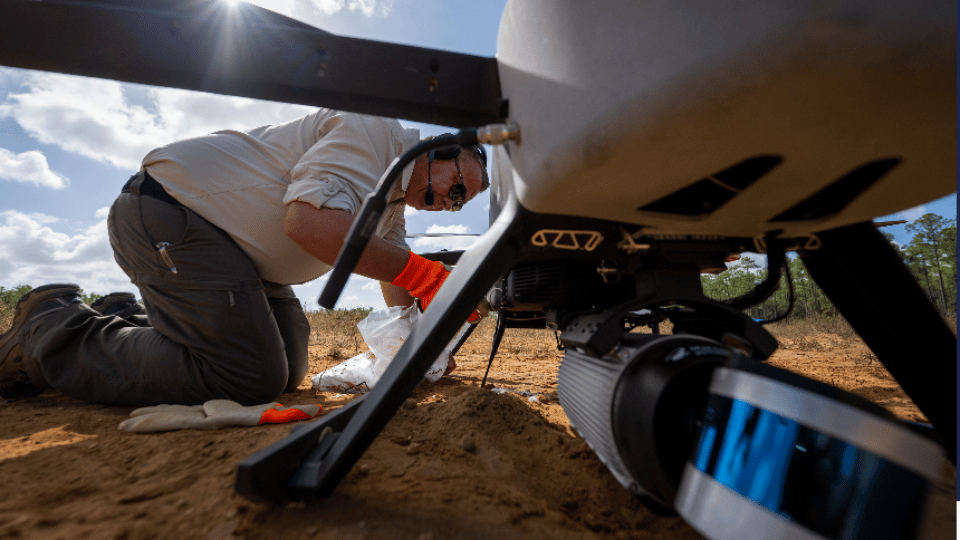
The success of NEA’s testing demonstrates ADAx’s efficiency, capable of executing a contractor’s test plan in as little as six weeks. This efficiency is crucial for rapid advancements in military technology. Over the next six months, ADAx plans to undertake more UAS autonomy and AI test projects, signaling continued progress in this field.
This event at Eglin Air Force Base is a significant step in the evolution of autonomous technology, with implications far beyond military applications. The successful testing of NEA’s technology showcases the rapid advancements in this area and the potential for future innovations.
